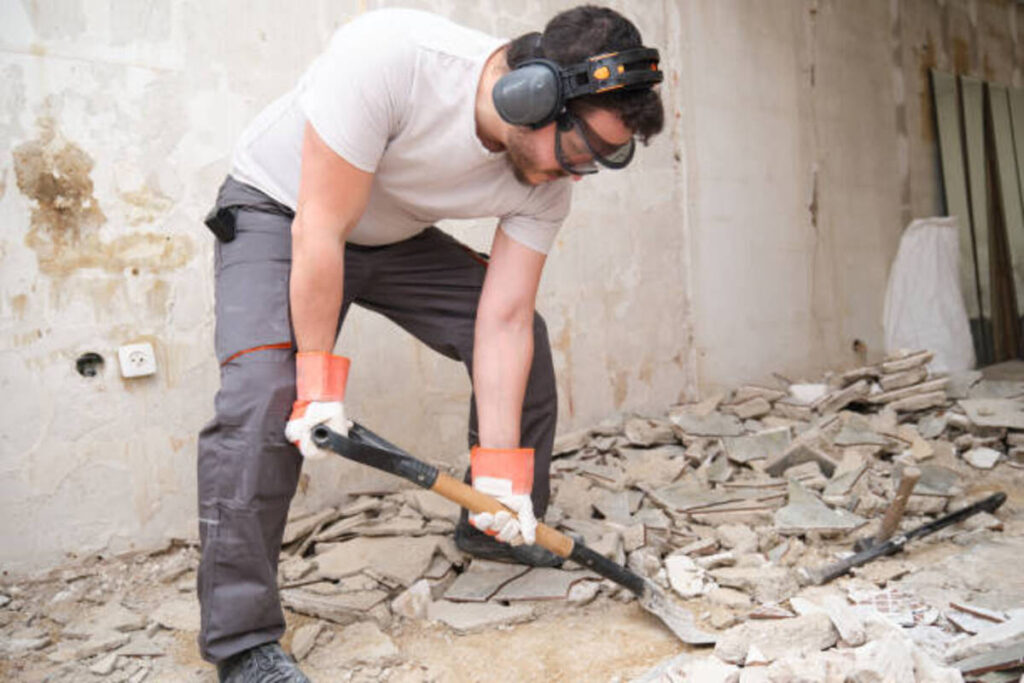In the realm of construction, managing debris effectively is pivotal to maintaining site safety, optimizing workflow, and ensuring environmental compliance. Construction debris hauling is a critical service that ensures waste removal is executed seamlessly, adhering to local regulations and industry standards. This guide provides an in-depth overview of the most effective strategies, practices, and tips for efficient construction debris hauling.
Understanding Construction Debris
Construction debris encompasses a variety of materials generated during building, renovation, and demolition projects. These materials typically include:
- Wood: Scrap lumber, plywood, and other wood products.
- Concrete: Broken concrete slabs, bricks, and blocks.
- Metal: Rebar, steel beams, and metal sheeting.
- Drywall: Sheets and scraps of drywall.
- Asphalt: Paving materials and roofing shingles.
- Hazardous Materials: Items such as asbestos and lead-based paints, which require specialized handling.
Proper classification and handling of these materials are crucial to ensure compliance with environmental regulations and to facilitate recycling and reuse.
Efficient Debris Hauling Practices
Developing a Debris Management Plan
An effective debris management plan is essential for organizing and streamlining the hauling process. This plan should include:
- Debris Segregation: Separate waste into categories such as recyclables, hazardous materials, and general waste. This practice enhances recycling efficiency and ensures proper disposal.
- Container Placement: Strategically place dumpsters or containers at accessible locations on the construction site to minimize the distance debris needs to be transported.
- Scheduling: Implement a schedule for regular debris collection to prevent accumulation and maintain site cleanliness.
Choosing the Right Equipment
Selecting the appropriate equipment is crucial for efficient debris hauling. Key equipment includes:
- Roll-Off Dumpsters: Ideal for large-scale projects, these dumpsters come in various sizes and are suited for handling substantial amounts of debris.
- Skip Bins: Useful for smaller projects or specific types of waste, skip bins facilitate easy disposal and are available in multiple sizes.
- Construction Vehicles: Trucks and loaders equipped for debris transport can expedite the hauling process, especially in large projects.
Implementing Best Practices for Waste Reduction
Reducing waste generation on-site not only lowers hauling costs but also minimizes environmental impact. Practices include:
- Recycling: Prioritize the recycling of materials such as metal, wood, and concrete. Many materials can be repurposed or reused in new construction projects.
- Deconstruction: When feasible, opt for deconstruction over demolition. Deconstruction involves carefully dismantling structures to preserve and reuse materials.
- Material Management: Order materials in precise quantities to reduce excess and waste.
Regulatory Compliance and Safety
Adhering to Local Regulations
Compliance with local and national regulations is a fundamental aspect of construction debris hauling. This includes:
- Permits: Obtain necessary permits for debris removal and disposal. Requirements vary by location and project scale.
- Disposal Sites: Utilize authorized disposal sites for hazardous and non-hazardous materials. Ensure that these sites are licensed and adhere to regulatory standards.
Ensuring Worker Safety
Worker safety is paramount during debris hauling. Implement safety protocols such as:
- Protective Gear: Ensure all workers wear appropriate protective gear, including helmets, gloves, and safety boots.
- Training: Provide comprehensive training on handling different types of debris and operating equipment safely.
- Site Safety: Maintain clear and organized work areas to prevent accidents and injuries.
Environmental Considerations
Minimizing Environmental Impact
Construction activities can have significant environmental effects. To mitigate these impacts:
- Proper Disposal: Ensure that hazardous materials are handled and disposed of according to environmental guidelines to prevent contamination.
- Sustainable Practices: Adopt eco-friendly practices such as reducing waste, recycling materials, and using sustainable construction methods.
Community Impact
Consider the impact of debris hauling on the local community:
- Noise Control: Minimize noise during hauling operations to avoid disturbing nearby residents.
- Traffic Management: Plan hauling schedules to avoid peak traffic times and reduce congestion in the surrounding area.
Conclusion
Efficient construction debris hauling is essential for maintaining a clean and safe construction site, ensuring regulatory compliance, and minimizing environmental impact. By developing a comprehensive debris management plan, selecting the right equipment, adhering to regulations, and implementing best practices, construction projects can achieve greater efficiency and sustainability. can operate more safely, efficiently, and sustainably.




